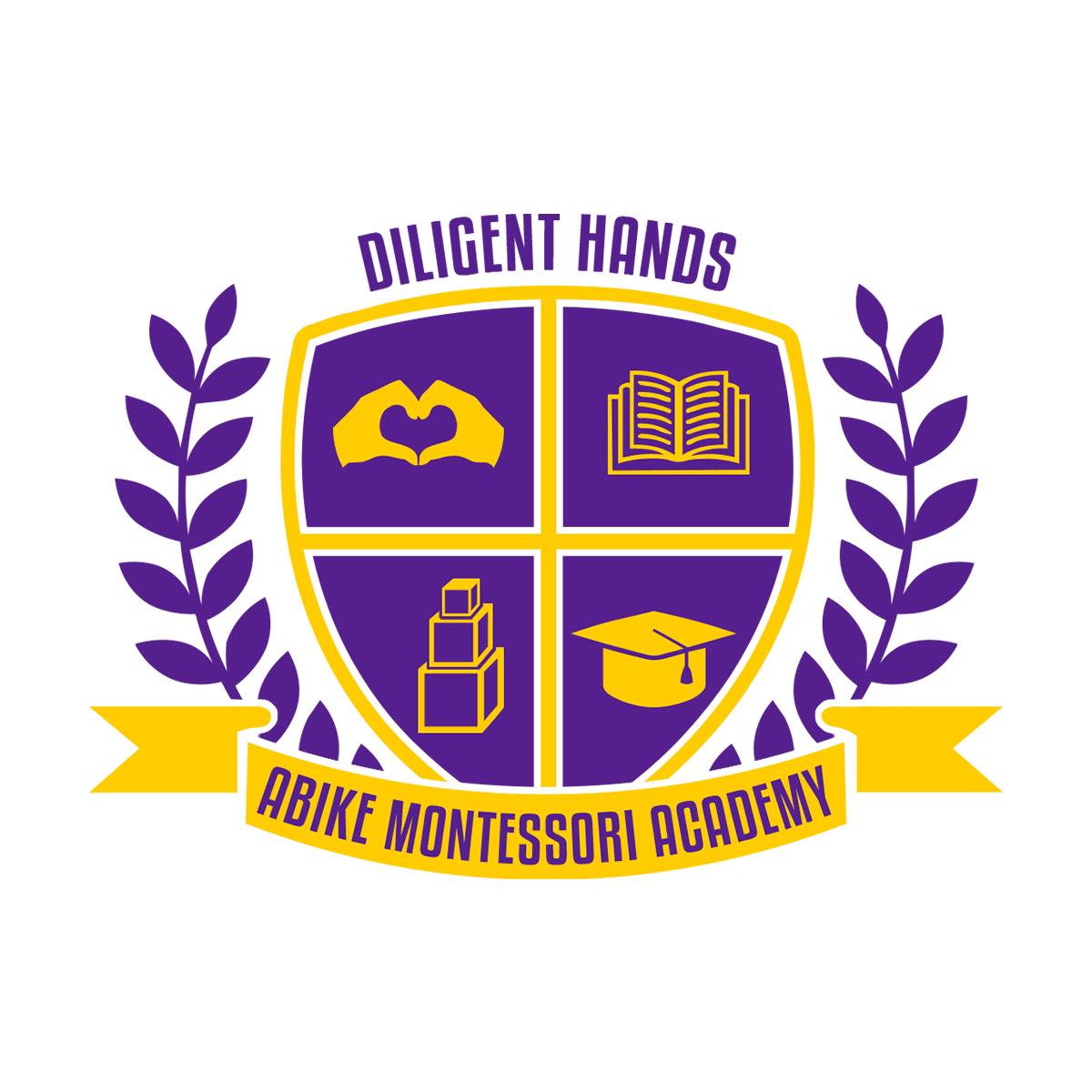Program at a Glance
Philosophy
Children ask 'why' and 'how' — we answer with Great Lessons that spark inquiry and interconnections across disciplines.
- AaLanguage
Literature circles, research, grammar, word study, handwriting/typing, creative & expository writing. - 123Mathematics
From concrete materials to abstraction: multi‑digit operations, fractions/decimals, measurement, geometry. - ◎Culture & Science
Timelines, early civilizations, physical & life sciences with experiments and field work. - ☮Community
Roles and responsibilities, service, and class meetings build citizenship and empathy.
Times are approximate; rhythm adjusts to the needs of the group and season.
Environment
- Flexible seating; shelves of materials; research nook with reference texts.
- Lab carts for hands‑on science; maps & timelines; art corner for integrated projects.
Materials You’ll See
Bead frames, stamp game, fraction circles, geometry sticks, timeline materials, experiment kits, and primary sources for research.
- Fluent reading, organized writing, confident speaking.
- Math fluency with place value, operations, and fraction concepts moving toward abstraction.
- Research skills: questioning, note‑taking, citation, and synthesis.
- Collaboration, empathy, and responsible decision‑making.
Communication
Bi‑weekly updates; student‑led conferences; rubrics and checklists for long‑term projects to support visibility at home.
Readiness & Next Steps
Enjoys reading, exploring ideas with peers, and taking responsibility for personal work plans.
How are projects graded?
We use rubrics, checklists, and conferences to track growth; students reflect and revise.
Will my child get traditional tests?
Assessment is mostly observational and portfolio‑based, with occasional checks for understanding.
How do you support different learning paces?
Individual lessons and follow‑up work plans ensure challenge and support for each learner.
